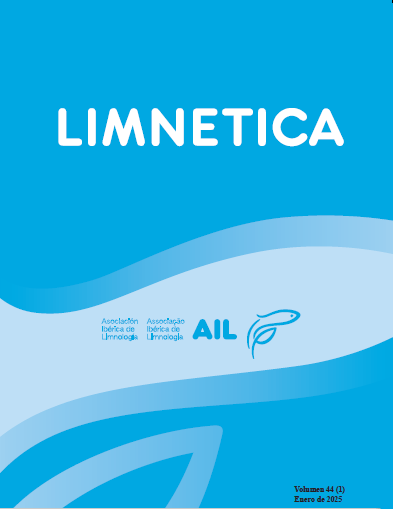Invasion of temperate riparian forests by Acacia dealbata affects macroinvertebrate community structure in streams
Invasion effects on stream macroinvertebrates
摘要
The riparian forest determines many of the stream characteristics such as physicochemical variables and the availability and quality of food resources for aquatic communities. In central Portugal, native mixed deciduous forests are being heavily invaded by Acacia dealbata, which is an evergreen and nitrogen-fixing tree species, but effects on stream benthic macroinvertebrate communities are unknown. We assessed invasion effects on macroinvertebrate communities by comparing streams flowing through native forests (native streams) and streams flowing through forests heavily invaded by A. dealbata (invaded streams), in central Portugal. We did not find major differences in macroinvertebrate abundance, total taxa richness or diversity between native and invaded streams, due to high variation among native streams. However, taxonomic structure of macroinvertebrate communities differed between stream types, with invaded streams showing lower percentage of sensitive taxa. Macroinvertebrate communities structure based on functional feeding groups also differed between stream types, with a tendency for higher abundance of shredders and scrapers/grazers and lower abundance of filter feeders in native than invaded streams, probably due to altered composition of leaf litter inputs and canopy cover within invaded streams. Our findings suggest that invasion by A. dealbata affect macroinvertebrate community mostly in terms of taxonomic and functional structure. Since A. dealbata is rapidly spreading in all southern Europe, this study highlights the importance of enhancing the comprehension of its impact on aquatic communities to identify ecological risks and formulate effective mitigation strategies.
##submission.downloads##
已出版
期
栏目
##submission.license##
Los autores que publican en esta revista están de acuerdo con los siguientes términos:
- Limnetica está bajo una licencia de Creative Commons Atribución-NoComercial 4.0 Internacional.
b. Los autores pueden establecer por separado acuerdos adicionales para la distribución no exclusiva de la versión de la obra publicada en la revista (por ejemplo, situarlo en un repositorio institucional o publicarlo en un libro), con un reconocimiento de su publicación inicial en esta revista.
c. Se permite y se anima a los autores a difundir sus trabajos electrónicamente (por ejemplo, en repositorios institucionales o en su propio sitio web) antes y durante el proceso de envío, ya que puede dar lugar a intercambios productivos, así como a una citación más temprana y mayor de los trabajos publicados (Véase The Effect of Open Access) (en inglés).


